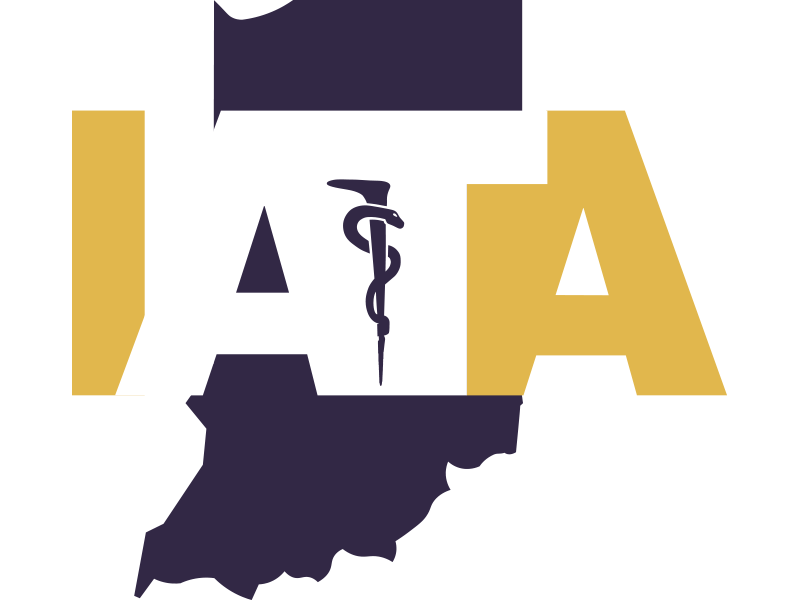|
Athletic Trainers (ATs) are health care professionals who collaborate with physicians. The services provided by ATs comprise prevention, emergency care, clinical diagnosis, therapeutic intervention and rehabilitation of injuries and medical conditions.
As the profession of athletic training started to evolve around the mid 1900's, the National Athletic Trainers' Association was established in 1950 to build, strengthen and advance the profession. The Board of Certification (NATABOC) was established in 1970 as a program to certify qualifying students and to re-certify current Certified Athletic Trainers. The Board of Certification (BOC) became an independent corporation in 1989. This organization by 1999 had finished defining the profession of athletic training by completing a role delineation study and establishing six practice domains. Most all athletic trainers in Indiana maintain certification through the BOC.
In the early 1980s, many Certified Athletic Trainers from Indiana under the encouragement of William "Pinky" Newell from Purdue University (known as the Father of Athletic Training) saw the need to establish a state association for the purpose of information gathering, creating professional standards and pursuing a state regulation practice act. On May 21, 1984, the Indiana Athletic Trainers' Association (IATA) was incorporated as an association with 106 members. The membership continued to grow and when the association marked its 30th anniversary year in 2014, the membership had reached over 1250 members.
In 1993, Indiana Athletic Trainers became state regulated (certification) with a state licensing board appointed in 1994 by Governor Evan Bayh III. A bill was later introduced and passed in 1998 changing the language from certified to licensed athletic trainer. The bill was signed into law by Governor Frank O'Bannon.
The Executive Council, the governing body of the association, is made up of three elected officers (President, Secretary and Treasurer), seven standing committees (Communication, Education, Finance / Development, Government Affairs, Licensed Athletic Trainer-Political Action, Membership, and Revenue) and four special committees (Awards and Honors, All-Star, History and Archives and National Athletic Training Month).
As of 2014, the IATA student membership is over 400 members. Indiana is well known nationwide for its outstanding college / university educational programs preparing students to enter the profession of athletic training. Indiana has 10 College / Universities that offer undergraduate athletic training programs (Anderson University, Ball State University, Franklin College, Indiana State University, Indiana University, Indiana Wesleyan University, Manchester University, Purdue University, University of Evansville and University of Indianapolis). Additionally, Manchester University offers an entry-level master's degree in athletic training and post-professional graduate athletic training programs are offered at Indiana State University and Indiana University.
The IATA's mission statement (updated October 2013) reads "Dedicated to advancing the profession and empowering membership through advocacy, education, networking and innovative resources." The IATA's vision statement is "Positioning the athletic trainer as Indiana's preferred healthcare provider."
Indiana is well known nationally for producing outstanding leaders in the field of athletic training serving on the state, district and national levels.
Indiana State Fact Sheet (2020)
LOGO HISTORY |
1984 – 1996
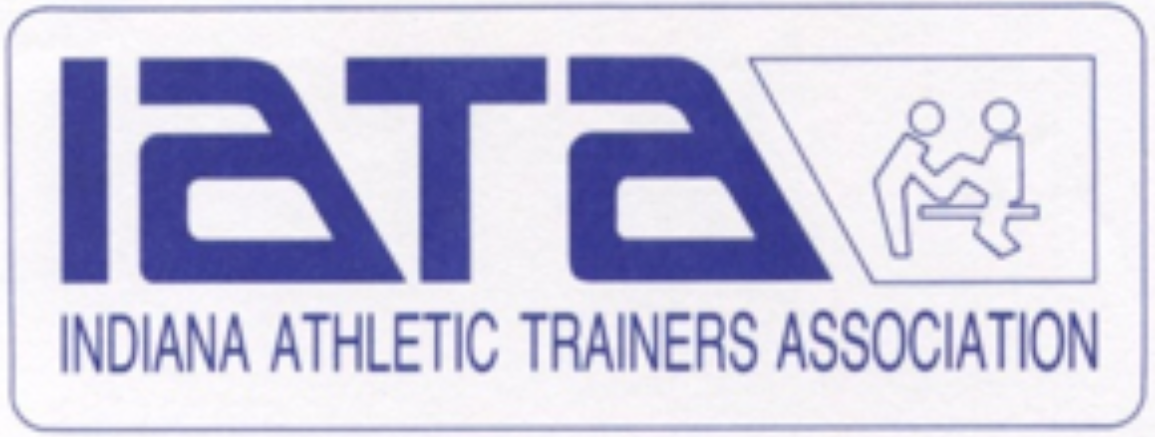
The first IATA logo approved by the IATA Executive Council depicted the IATA letters with the stick figure representing an athletic trainer examining a knee. Steve Risinger, Athletic Trainer at Anderson College (now University), solicited the help of Pete Grandjean, a student-athlete who started as a Graphic Design major, to design the logo. After a semester at Anderson, Pete changed majors to Physical Education with aspirations to be a coach and teacher. As a student, Pete did a lot of drawing and was asked to do a lot of drawing around campus. As a football player who spent many hours in the athletic training facility, Steve Risinger was very familiar with Pete and asked him to develop designs for the first logo. After speaking with Steve about the IATA, Pete designed “four to five” hand drawn logos, and many iterations of the logos. Steve presented the designs to the IATA, and ultimately the first logo was selected. Currently, Dr. Pete Grandjean is Dean and Professor of Exercise Science in the School of Applied Sciences at the University of Mississippi.
1996 – 2006
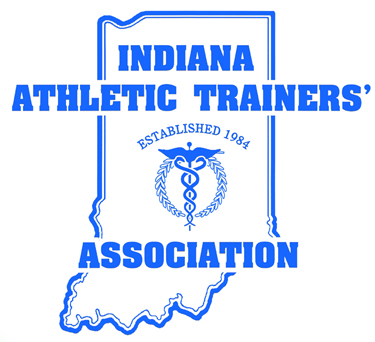
The second IATA logo featured a state outline. Then IATA President, Rick Shaw, gave a drawing to Marion Vruggink who used Custom Forms to design three to four alternatives. The idea to change the existing logo was the result of other state associations using state outlines, which was seen as the design of the times. The IATA also felt the state outline would be more representative of the IATA and athletic training, and it would serve our profession better for its PR and marketing efforts. The membership voted during the Fall Meeting in 1996 as to whether it wanted to keep the current logo or change to the new state outline style logo. Marion recalls that less than 5 people voted for the old logo in a near unanimous vote indicating the membership was ready for change.
2006 – 2020
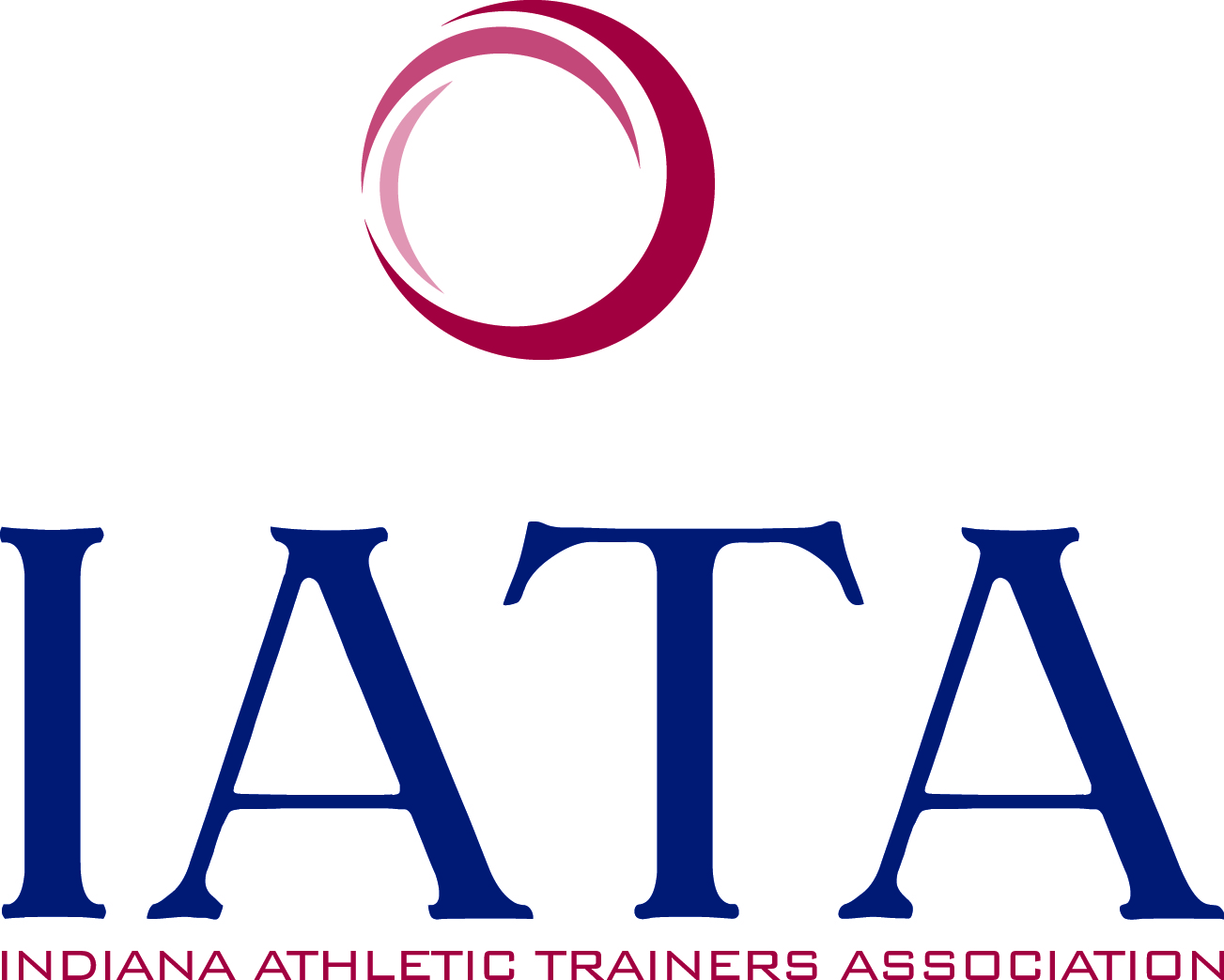
The third logo design was the result of the IATA Executive Council feeling the second logo was outdated. The Revenue Committee, specifically, wanted to move into reimbursement, and it desired to have a new, fresh logo. Trendy Minds was solicited to design the logo, and it presented 3 logo options to the IATA. The circle at the top of the logo was animated (it rotated) to present eye catching graphics and the tagline “Bringing Healthcare Full Circle” was introduced. The logo was selected because it retained some of the previous IATA logos designed. The IATA EC and the Strategic Plan group felt that a new logo was a “refreshing of things” and believed the new logo would excite the membership to get involved in the organization.
2020 – Present
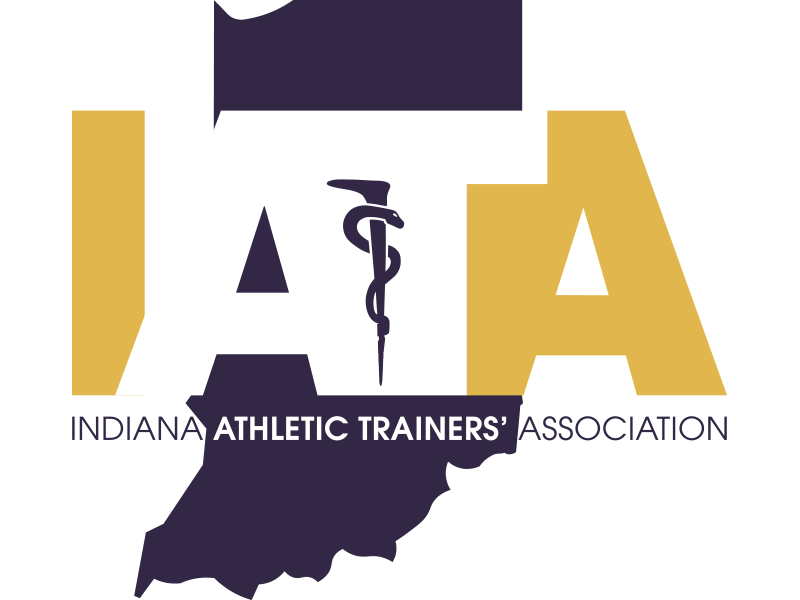
Justin Miller, former IATA President, felt that the previous IATA logo had been used for a long time, and it did not reflect the latest “AT” logo presented, recently, by the NATA. Justin initially designed the logo, and he sent it to the NATA who is the only entity authorized to make designs using “AT” as seen in the current NATA logo. The NATA graphic team designed three logo versions changing the color scheme to a blue-gold combination to match the state colors. The IATA EC viewed each version and decided on the current version.
|


